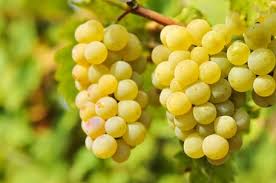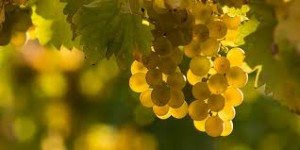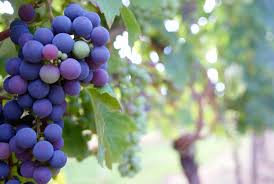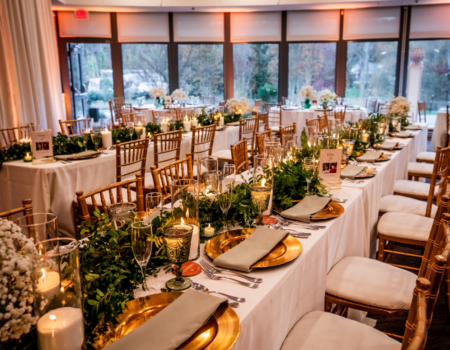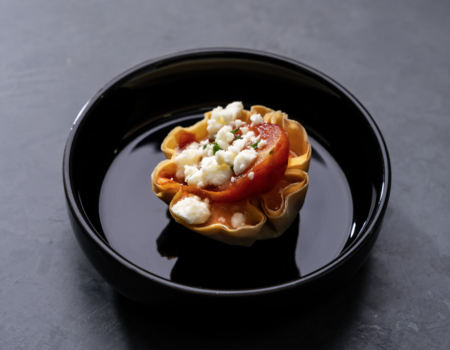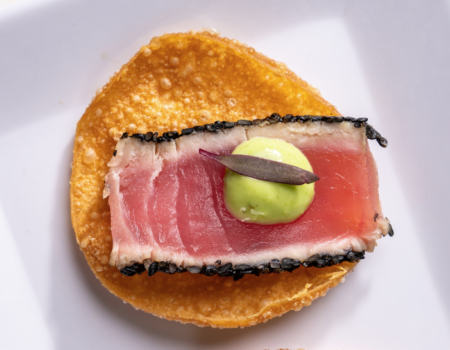Food And Wine Pairings For Your Event – The Whites
When planning your event, think beyond “red and white,” and examine the dishes you’re serving and your cuisine style to create a perfectly paired menu!
White Wines
Chardonnay
Chardonnay – the heated dispute rages on. Some swear by the oak-laced Chardonna from Napa, some refuse any Chardonnay that isn’t stainless fermented, and some even hate the word Chardonnay. Take it or leave it, it is the highest selling white wine in America. But for its popularity here, it is even more popular in France. It is not only a stand-alone grape, but is blended into almost every famous and long-standing white blend to come out of the historic growing regions, as well as being the only grape allowed to be used to make Champagne. Yes, haters, when you drink Champagne, you’re drinking Chardonnay. When it comes to pairings, Oak-aged Chardonnay is your go-to for rich and buttery fishes, creamy pastas, and a great companion to lean white meats like chicken and turkey. Stainless-fermented Chardonnays can be a great pairing to spicy Asian or Thai dishes, grilled veggies, and even white pizza! Or you can try contrasting flavors and pair the stainless Chardonnay with your creamy pastas and such to cut the richness and your oak-aged Chardonnay with the spicier light dishes to calm the spiciness and tamp down the creaminess of the wine.
(Fun Fact: Chardonnay achieved its reputation for greatness in the Burgundy region of France over 1200 years ago. Around 800 A.D. the wife of the Emperor Charlemagne, disgusted by the red wine that stained her husband’s white bears, ordered that white grapes be planted in their Burgundy vineyard, which is now called Corton-Charlemagne)
Sauvignon Blanc
One of the most popular wines on the market right now, its versatility and quaffability go hand in hand – as well as the affordable nature of the grape. You can spend a lot on Sauvignon Blanc, but you really don’t need to. For one, it’s not a good wine to age, and you won’t see a noticeable difference until you get into the really expensive stuff or you start buying French (known also as Sancerre in France, as that is the main growing region for the grape). With a high level of acidity, low level of sugar, and a grassy, herbal, and citrus palate, it’s a perfect summer sipping wine. The refreshing and versatile nature of this wine also lends itself well to many foods: pair Sauvignon Blanc with sushi, green salads, Vietnamese cuisine, and even some creamier cheeses and dips like spinach and artichoke dip and fondue.
(Fun Fact: It is believed that the grape was given the name Sauvignon Blanc from the French word sauvage, which means “wild,” because the grape grew like a weed throughout the region)
Pinot Grigio
Probably the most refreshing and zippy wines you can buy, Pinot Grigio is the second most popular white wine in America. While most believe that the grape originated in Italy, it’s birthplace is actually in France. Known as Pinot Gris, it made it’s way to Switzerland in the 1300’s and then to Italy. It’s the highest produced wine in Italy and the number one white wine imported into America. It can be hard to navigate the range of quality of Pinot Grigio, since it’s universally priced low (hence its popularity, but also the negative association with it being a “cheap” wine to wine snobs). Pair this crisp and lemony wine with roasted chicken, light fish like cod, haddock or halibut, or light salads highlighted with citrus. Pinot Grigio also pairs well with desserts such as sorbet, key lime pie and cheesecake!
(Fun Fact: Even though it’s a white wine, Pinot Grigio does not come from white grapes. The grapes are a blueish gray color, which is why the name for the grape in French is Pinot Gris – “Gris” is gray in French. You could, in fact, make Pinot Grigio a red wine by leaving the wine on the skins as is done with red wine, but it’s just traditionally always been white…probably because it tasted better that way!)
Riesling
Don’t let the sweetness fool you, this German varietal packs a serious punch when it comes to pairing. There are five classifications for its sweetness, but most Rieslings you will find and want to drink will be classified as Kabinett. The classifications tell you when the wine grapes were harvested – the longer on the vine, the sweeter they get. Kabinett is the earliest harvest but still packs a high sugar content naturally. However, you can find some Rieslings that are labeled “Dry.” Rieslings, or Dry Rieslings, are the go-to pairing for Asian food and anything with a high spice content. The spices mellow the sweetness, and the sweetness of the wine calms even the strongest spice – it really is a perfect marriage. Because of its mellower sweetness, when compared to other dessert wines, it can also be sipped post-dinner for a someone who doesn’t have room left for dessert.
(Fun Fact: Riesling is a very aromatic and expressive wine – the scent of Rieslinf is incredible – very complex and layered. It can smell fruity and sweet, but can be dry on the palate. Common aromas are apple, lime blossom, pear and even petrol! This is because of the high mineral content in the soil)
Champagne
Back to the Chardonnay grape! We all know the famous tale of the monk who accidentally made champagne by letting naturally occurring yeast into the bottle before stopping it with a cork. When he came back, the yeast had created a secondary, natural fermentation creating bubbles. These days, while this is still the protocol for super high-end champagnes, lower-end (but still very pricy) champagnes are helped along with the addition of sugars to the yeast to speed things along. This isn’t cheating, it’s just that demand for Champagne became so high that vintners had to find a way to bring more product to the marketplace. Oh, and this isn’t a recent development…they’ve been doing this for hundreds and hundreds of years. Champagne has a reputation for only being for the super elite or for very special occasions, so it’s no wonder the classic pairings are oysters, caviar, truffles (both sweet and the mushroom kind), but it can come down a few notches with its snobbery and pair with some more every day dishes. Hushpuppies, smoked salmon, glazed cod, goat cheese, and even a nice poached egg on toast for brunch! But if you’re going to do mimosas for brunch, please, use Prosecco or Cava and leave the good stuff to stand on its own.
(Fun Fact: The chalky remains of ancient sea creatures are the “soil” for Champagne’s grapes. The Champagne region of France was one the floor of a prehistoric sea. Now, it’s become the minerals in the soil that give Champagne (and Chardonnay) its classic creaminess and slight salinity)
 in: Catering
in: Catering

